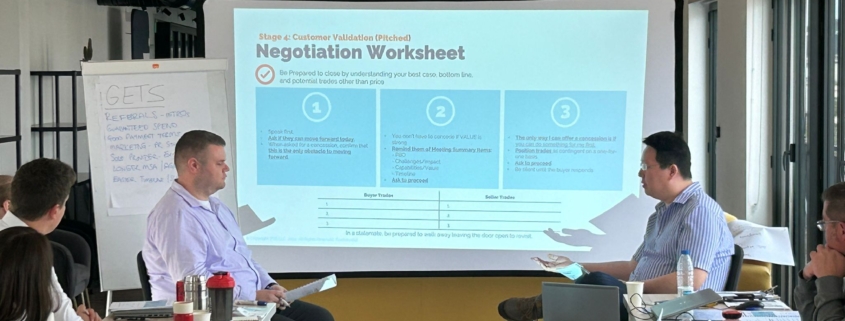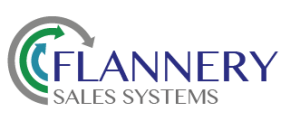In a business-to-business environment, negotiating can be everything from a simple, one issue give and take to a very complex process requiring multiple meetings. Since most salespeople seldom “sit down across the negotiating table,” our intent here is to provide you with some basic negotiating tactics that will help you level the playing field.
Yes, level the playing field. Most salespeople are woefully unprepared to negotiate, since they are too emotionally involved in the outcome. They simply want the business too badly to be objective.
Common Negotiating Mistakes
Virtually all the experts would agree that that the following mistakes are commonplace when salespeople start to negotiate. Awareness of these challenges may improve your ability to negotiate considerably.
- Getting emotionally involved. This one tops the list because, above all, your attitude toward something determines your success. If you appear needy, conveying the message to your prospect that you’ll do almost anything to get the business, your prospect will sense this weakness and exploit it. Avoid statements like, “We’d really like to get this done,” “I need this to make my quota this month,” “What do we need to do to get you to buy from us?,” etc. All indicate you are willing to do most anything to get the prospect to buy, and the smart prospect will try to see how far you actually will go. Remember, credibility is key in negotiations!
- Making unilateral concessions. A unilateral concession is agreeing to a prospect’s request too quickly, and without asking for something of equal or greater value in return. For example, your prospect asks you to lower your price by 5%. Your response is, “Sure, we can do that.” Put yourself in your prospect’s shoes and reflect on what message your response sent. First, he’s undoubtedly thinking that since you agreed so easily, he should have asked for more. Second, he knows that since you dropped your prices so easily, you’ve probably overpriced the product or service. This creates doubt about the overall quality of what you’re selling. Finally, you’ve demonstrated your inexperience as a negotiator, opening yourself for more abuse as the negotiation goes on.
- Not understanding the prospect’s pain and his alternatives. This is your “ace in the hole” and without it you are defenseless. Most salespeople qualify poorly, betting on their powers of persuasion, features and benefits and charming personalities to get the job done. That doesn’t work. It’s very difficult, if not impossible, to stand your ground if you don’t know what the prospect’s downside is if the problem is not fixed. Therefore, you must uncover how severe their pain is, how it impacts both the company and the individual you’re negotiating with, and what happens if the problem doesn’t get resolved through negotiations.
- Talking too much. When you are monopolizing the conversation, it’s impossible to “read” your adversary or learn what their specific needs are. You’re giving information, not receiving it. Falling into this trap is a sure way to lose.
- Not understanding your objectives and value items. Failure to have worked out, in advance, your list of primary (best case) and secondary (fall back) objectives will create confusion and indecision for you. If you don’t, you’ll just end up winging it, which is a surefire road to disaster.
Have you run into any of these mistakes in your sales negotiations? We’d love to hear from you.







